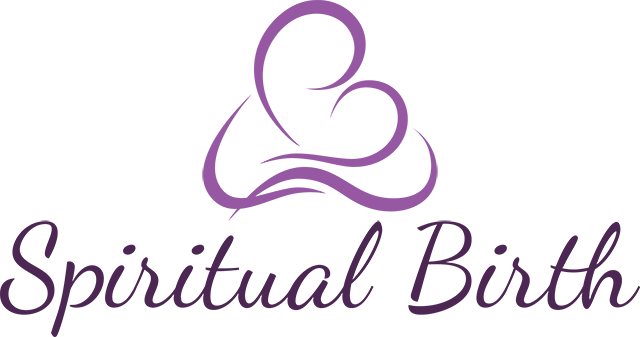Dr Grantly Dick-Read, author of Childbirth Without Fear quotes Dr Arthur Janov in chapter 5:
“There is a good deal to be learnt in the study of tears, for they have roughly the same ingredients of the blood system without its red cells. We are engaged in a study of the biochemistry of tears of our patients in cooperation with William Frey, biochemist at St Paul University of MInnesota, Biochemistry Department. Dr Frey has studied the chemistry of tears and discovered in them high concentrations of stress hormones.
Stress Hormones
This does not occur in tears resulting from irritants such as onions.
Clearly, if there is indeed a release of stress hormones with tears, then the blocking of that release may result in the build up of stress hormones.
We believe that crying is an important biological function, and that the shedding of tears is central, not incidental, to the resolution of neurosis. There is no such thing as a ‘talking cure’.
The fact of weeping itself helps relieve suffering. Tears not only remove toxic substances in the eye, they also have a precise role in the removal of the toxic biochemical substances from the entire system.”

Releasing Trauma
Crying helps us to release stress and emotional pain. Studies have shown that emotional repression can lead to illnesses such as heart disease, a weaker immune system and high blood pressure.
The body releases grief or suffering through shaking, trembling, coughing, raging, crying, and yawning. Releasing can happen when we feel safe with a person and stressors are removed. Once our trauma is released it is as if we are ‘cleaned out’ and we can envisage better ways of ensuring our needs are met and we are protected.
When you are sad during pregnancy, birth or as a new mother, find someone who can listen and be a witness to your suffering, so you can release your pain and find the solace you need.
